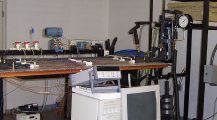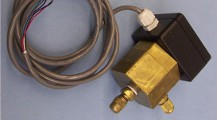Sensor Development
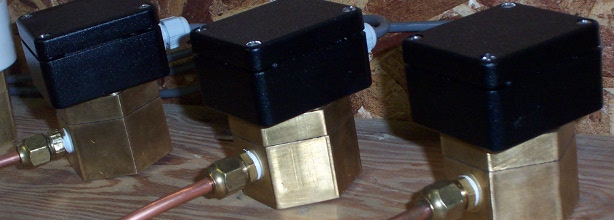
Our historic roots are in the development of a high tech sensor for measurement of fluid concentrations of various types. The light refraction technology we developed is robust and rugged, allowing it to be developed for sensing applications in harsh environments such as in the engine compartment of a vehicle. The technology can be scaled from large to small, high pressure to low, high temperature to low. Sensors have been developed based on simple analog sensor components to high resolution digital imaging based sensor (using our own in-house image processing algorithms and circuit technology).
The concentration sensor technology has been used for measuring lubricants in refrigeration systems, machine cutting fluid concentration and contamination, fruit juice and other beverage concentration measurement, pollution monitoring. Flexibility of the optic system allows custom housing to be designed such as “plugs” that fit into the crankcase of a compressor to inline sampling tubes.
Our 600 Series Sensor is a high pressure, in-line concentration sensor designed to withstand harsh conditions in both mobile and stationary refrigeration systems. The technical bulletins below describe how the sensors can be used to measure the oil circulation rate in refrigeration systems as well as detect conditions where foam or vapor is present. Clicking on the bulletins will open the pdf.
Advantages of this sensor are that it provides data that is real time and in-line. This eliminates the need to draw samples from the system, disrupting operating conditions and taking a lot of time. Time and money will be saved in addition to providing more accurate data for system analysis.
The sensor will work with oils miscible in refrigerants. Series 600 sensors are compatible with several refrigerants including R22, R123, R134a, R404A, R410A, and carbon dioxide. Researchers are currently using the 600 sensor for investigating the new HFO1234yf refrigerant. A variety of miscible lubricants such as mineral oil, alkylbenzene, POE, and PAG are compatible with the sensor. A linear temperature compensation is included with the sensor. Contact us for more information.
- Technical Bulletin 001 – In Situ, Real Time Oil Concentration in a Mobile Air Conditioning System
- Technical Bulletin 002 – In Situ, Real Time Oil Circulation Rate (OCR) in a Household Freezer System
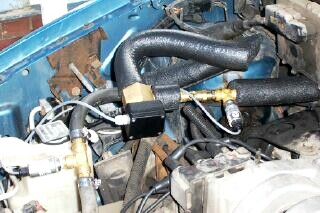
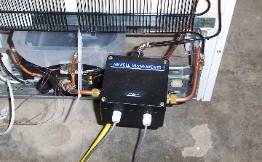
Our activities in concentration sensor development has led to expertise in controls and digital communication systems. Would you like a wireless sensor? Perhaps a sensor that can communicate with both automotive and building control systems? Let us know your application and interests to see if we can help.

